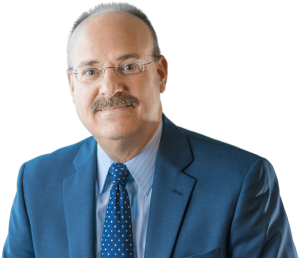Publication Source: New York Law Journal

Imagine the day when you are able to satisfy the statute of limitations deadline by pressing a button on your home computer and electronically filing your summons and complaint late at night, long after the clerk's office has closed. Imagine further, serving and filing your motion papers with the click of a button behind your easy chair, accessing a complete court file without ever leaving the office, or receiving an e-mail notifying you as soon as an order has been rendered in your case or a document filed by your adversary.
Our colleagues in the bankruptcy bar have not had to use much imagination to appreciate the benefits of electronic case filing, which has been available in the bankruptcy courts in some form for quite some time. For other civil litigators in the state and federal courts of New York, contemplating electronic access and filing of litigation papers has been largely relegated to their imagination, however. Not for long.
Beginning Dec. 1, 2003, the U.S. District Court for the Southern District of New York will implement electronic case filing (ECF) in civil cases, including mandatory ECF for certain designated judges. [FN1] In order to participate in the mandatory ECF program in the Southern District, attorneys must register and become ECF 'Filing Users.' [FN2] The Southern District warns: 'Early registration is essential; otherwise, there may be a lengthy delay in your receipt of a password.' [FN3] The user log-in and password serve as the Filing User's signature for all purposes, including Rule 11 of the Federal Rules of Civil Procedure, so receiving a password in time to be eligible for the program is essential.
-----
Kevin Schlosser is a Shareholder and Chair of the Litigation and Alternative Dispute Resolution Department at Meyer, Suozzi, English & Klein, P.C. He handles complex commercial litigation, is on the Roster of the AAA National Panel of Commercial Arbitrators, serves as outside general corporate counsel, and is author of the New York Fraud Claims Blog, www.nyfraudclaims.com.
Reprinted with permission by the New York Law Journal.
990 Stewart Avenue, Suite 300,
Garden City, NY 11530
750 Ninth Street, Suite 501
Washington, D.C. 20001
Phone(202) 887-6726Fax:(202) 223-0358


